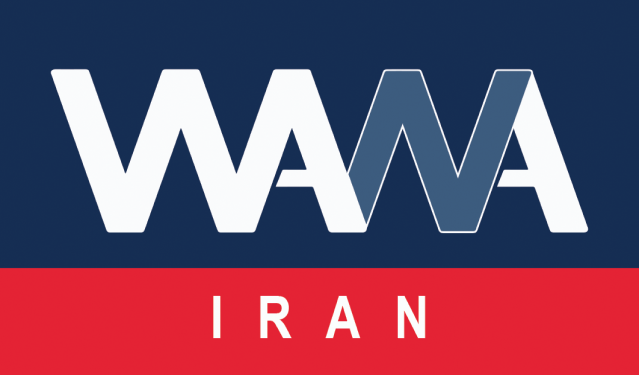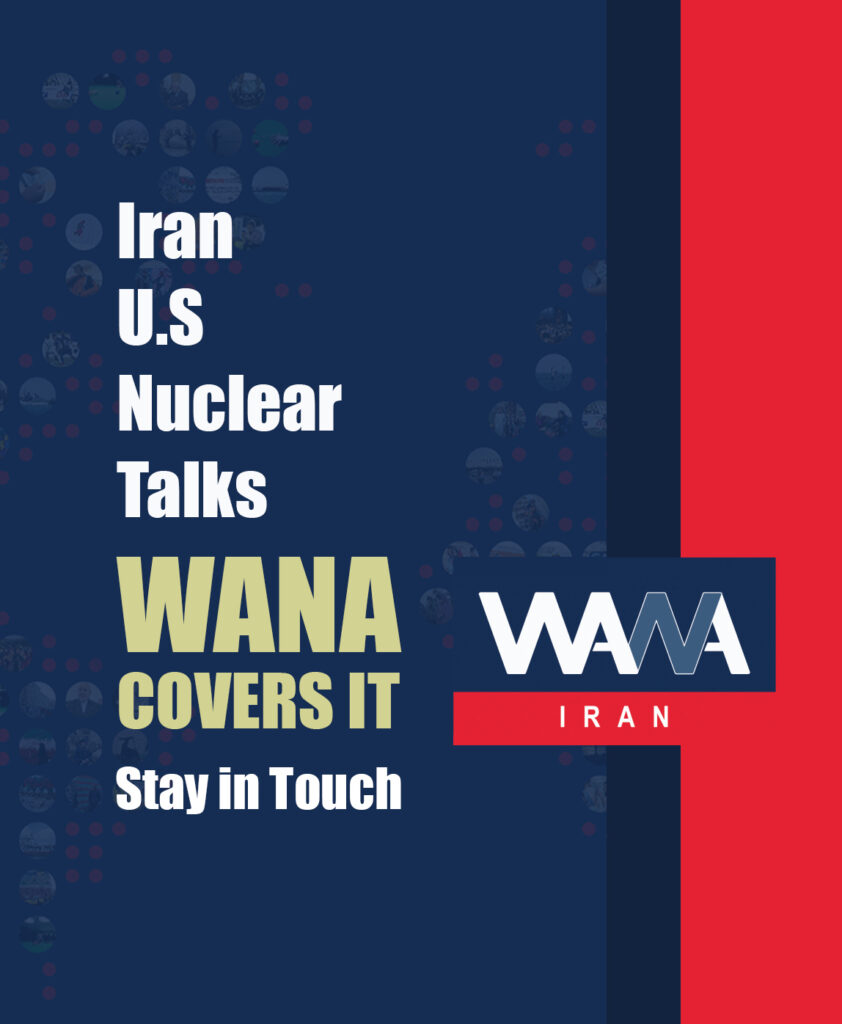Iran and UAE Strengthen Cooperation on Renewable Energy
WANA (Feb 01) – A recent visit by Iran’s environmental chief, Shina Ansari, to the UAE led to key agreements, particularly in renewable energy. Both nations committed to expanding collaboration in this sector.
Tackling Iran’s Energy Crisis
Iran faces frequent power outages due to energy imbalances. The government’s “Two Degrees Less” campaign encouraged reduced consumption, but experts stress the need for long-term solutions like renewable energy expansion.
Iran’s diverse climate offers vast potential for solar, wind, and geothermal energy. With proper planning, the country can reduce dependence on fossil fuels.
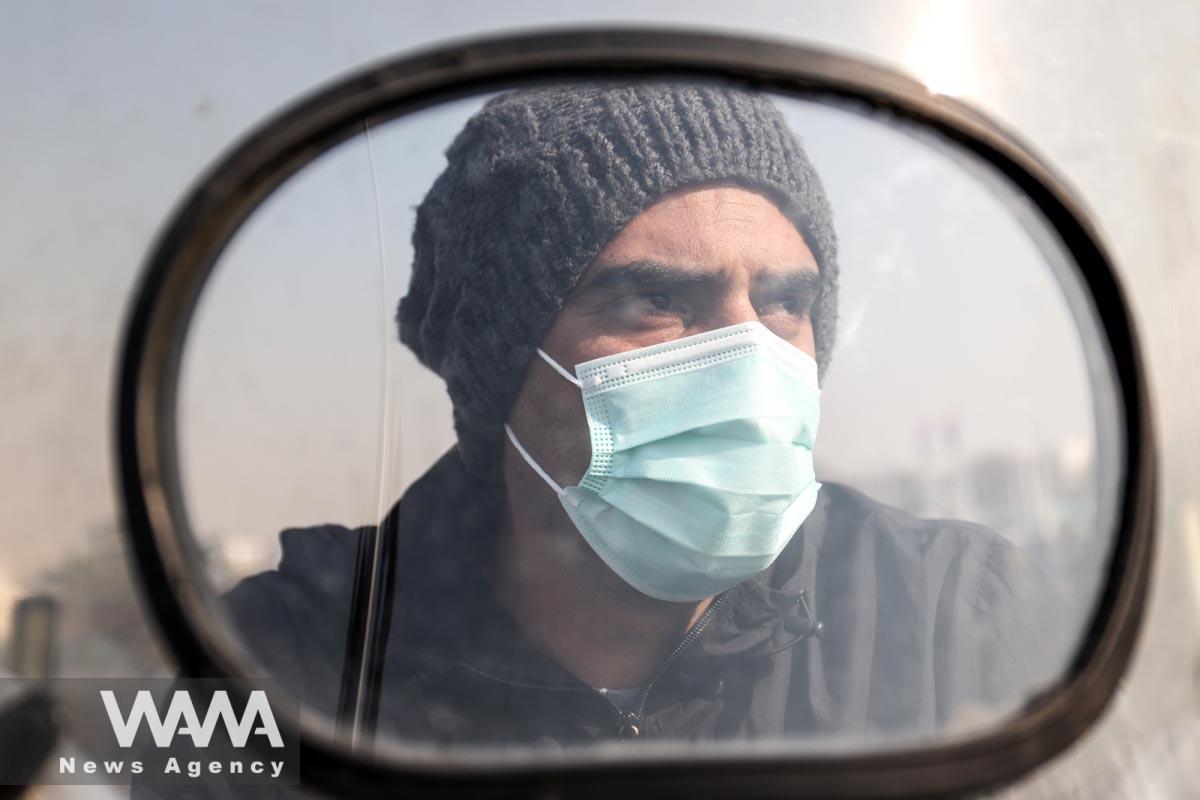
From Air Pollution to Urban Blackouts in Iran
WANA (Nov 26) – In recent years, major cities in Iran, such as Tehran, Isfahan, and Karaj, have been grappling with air pollution, which worsens as the weather gets colder. This issue has now extended beyond large cities to smaller towns, with Tehran, the capital of Iran, being ranked the fourth most polluted city in […]
Renewable Energy Goals & Challenges
Iran’s Seventh Development Plan targets 12,000 megawatts of renewable energy. Officials suggest exceeding this, with the Energy Ministry aiming for 30,000 megawatts. Over 300 sunny days annually and strong winds provide excellent conditions for clean energy expansion.
Despite these advantages, Iran lags behind. As of December, renewable energy production was 1,520 megawatts—far below the 5% clean energy goal in the Sixth Development Plan. Renewables currently contribute just 0.7% of Iran’s electricity supply.
The Cost of Fossil Fuel Dependence
To meet demand, Iran relies on heavy fuels like mazut, worsening winter pollution. Though a presidential order halted its use at some plants, it soon resumed, increasing urban air pollution.
The Environment Department enforces air quality laws and advances clean energy efforts, including regional environmental diplomacy.
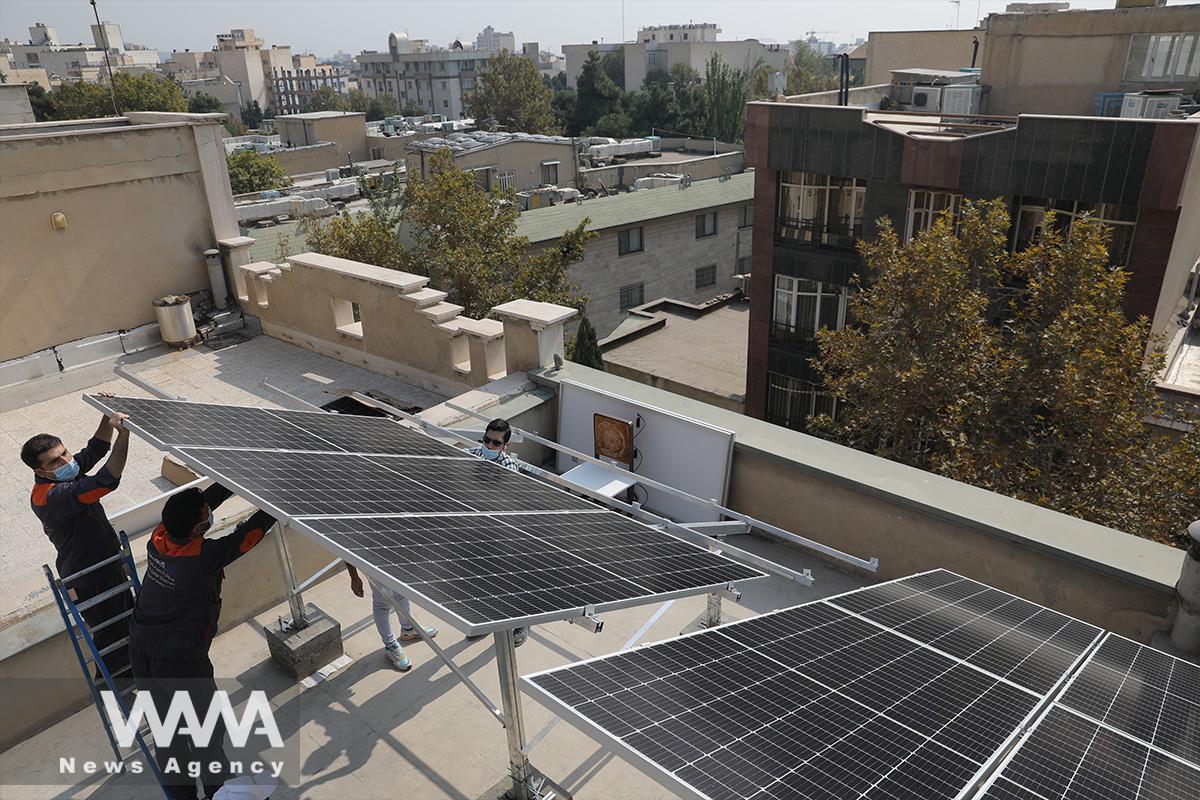
Technicians install solar panels on a residential rooftop in Tehran, Iran, October 11, 2020. Picture taken October 11, 2020. Majid Asgaripour/WANA (West Asia News Agency)
High-Level Talks in the UAE
In January, Shina Ansari visited the UAE after an invitation from Sheikh Mansour bin Zayed Al Nahyan. Talks stemming from COP29 discussions focused on renewable energy and environmental cooperation.
Meetings with UAE leaders, including President Sheikh Mohamed bin Zayed, underscored the visit’s significance. The UAE, actively investing in clean energy worldwide, showed strong interest in collaborating with Iran.
Strengthening Environmental Partnerships
Three UAE ministers—Amna Shamsi (Environment), Suhail Al Mazrouei (Energy), and Sultan Jaber (Industry)—met with Ansari, emphasizing the UAE’s commitment. Discussions covered renewable energy and joint efforts to combat regional dust storms.
Talks were practical, avoiding diplomatic formality. With Iran prioritizing regional environmental cooperation, this visit sets a promising precedent for future sustainable initiatives.
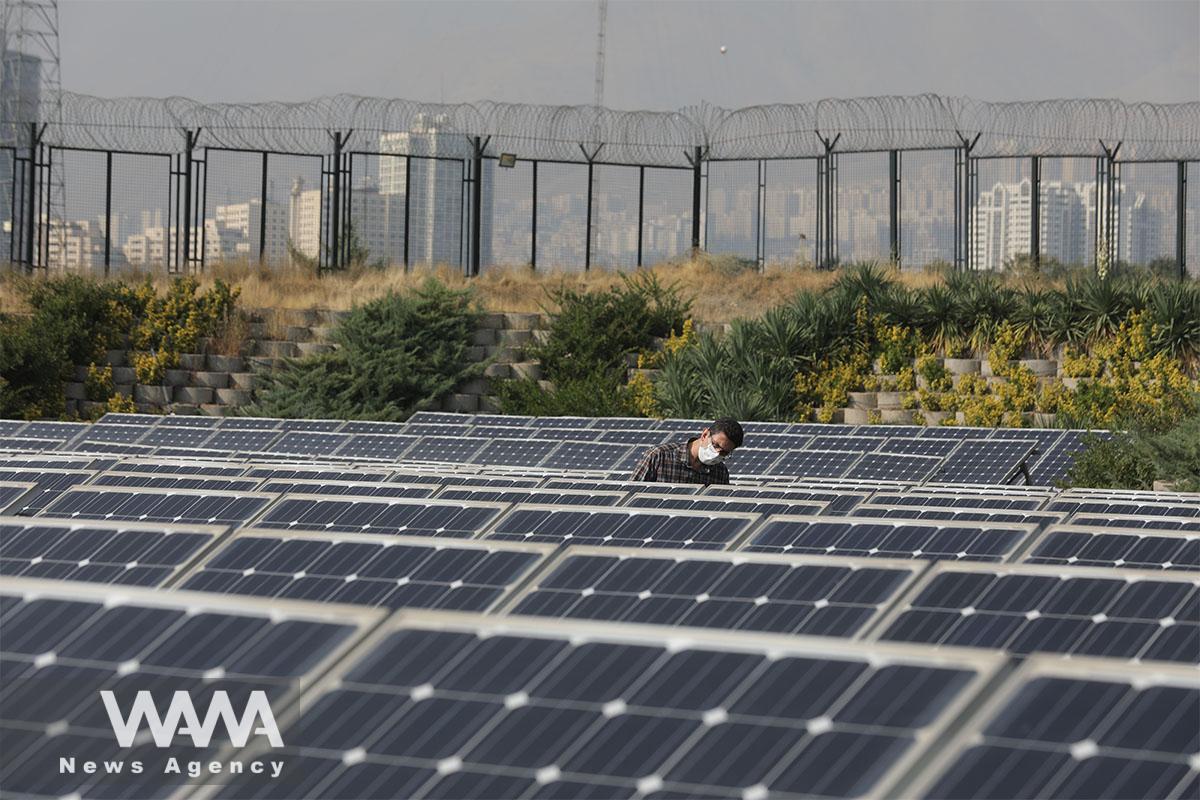
A technician checks solar panels in a powerhouse in Tehran, Iran, October 11, 2020. Picture taken October 11, 2020. Majid Asgaripour/WANA (West Asia News Agency)
